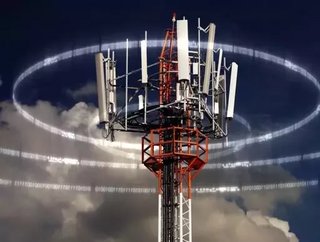Need to know: 5G and cybersecurity

According to the BPI Network, 94 per cent of telecoms operators and industry experts expect security challenges to escalate with the advent of 5G networks. Here’s why.
5G and IoT
Concerns about security related to the internet of things (IoT) is nothing new. The more devices connected to the network, the more attack surface is available to cyber threats. And the job of keeping all those devices monitored and protected increases the complexity of any cybersecurity operation. 5G is likely to usher in an explosion of IoT use cases.
Amplification of threat with 5G
It’s not great if your smart fridge gets pwned, but there’s probably a limit to how much damage will be done by such an attack. 5G threatens to amplify the problem by introducing network attached devices with greater potential to create injury or death if they are breached. Healthcare and connected cars are obvious examples.
Could that sort of 5G attack happen?
Yes. And, in the case of smart cities, it could create big problems. While not 5G specific, Florida’s water supply was recently attacked in a breach that allowed the cybercriminal(s) to adjust the lye levels in the water to dangerously high levels. A human operator overrode the hack and no harm was done, but it’s a demonstration of what might be in store for power networks, telecoms and other infrastructure.
5G multi-protocol risks
Different standards – 3G, 4G LTE, 5G – operate simultaneously with devices switching between them depending on availability. Without vulnerabilities being addressed across all the technologies, there is a risk of cybersecurity breaches when devices switch.
Cybersnooping in 5G
There has been considerable concern that nation-state actors might use 5G components to snoop on data. For that reason, some Western countries are stripping Chinese-made equipment from their 5G networks, believing that companies such as Huawei and ZTE may be acting on behalf of the Chinese government.
The good news in 5G cybersecurity
For all that, 5G’s architecture can provide greater visibility into network traffic, making it easier to spot anomalies. And network slicing can create virtual private channels on the network, increasing security and control. Ericsson recently launched RAN slicing.






